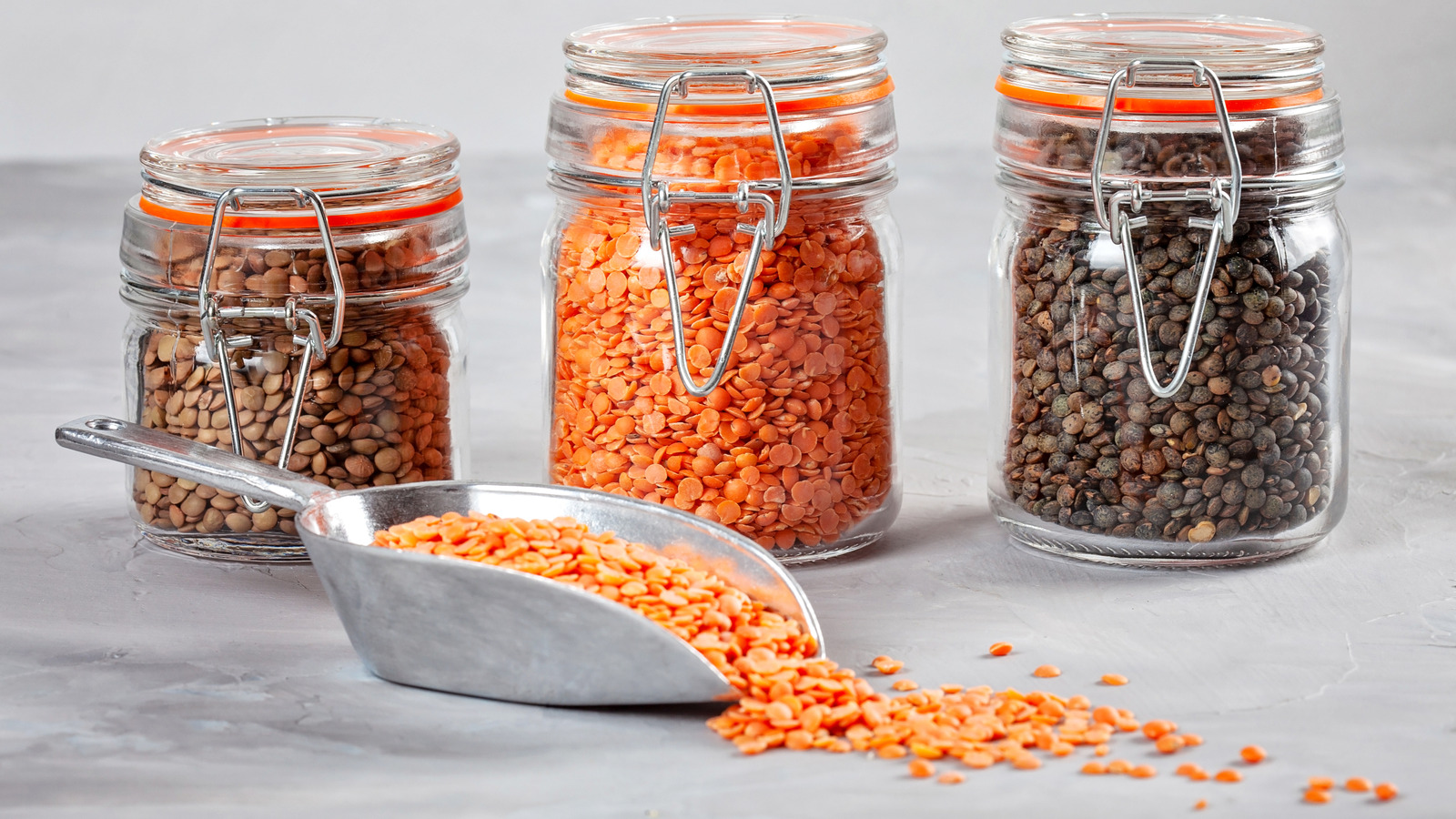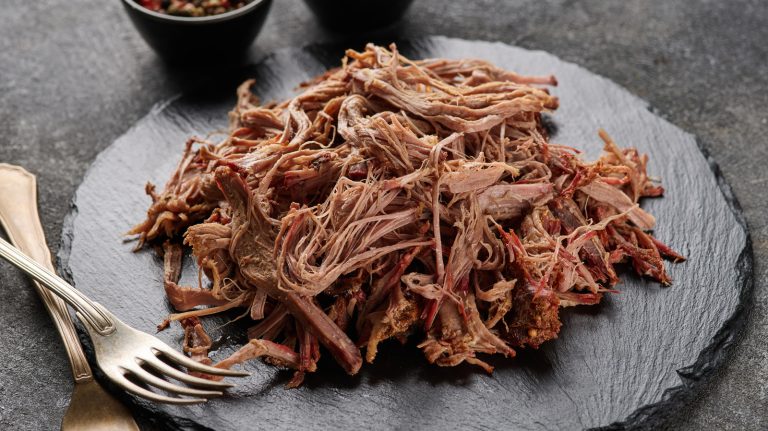On the surface, lentils and beans are seemingly interchangeable foods. They’re both members of the legume family — that is to say, plants that grow in pods. More specifically, they’re pulses — the dry, edible seed therein. Despite also being pantry powerhouses, they are completely different from each other in several ways. In size and shape, beans are larger, plumper, and oval-shaped whereas lentils are relatively smaller, and disc-shaped. When bought dry, beans are recommended to soak before using them in a recipe (although, that’s technically not needed). Contrastingly, lentils just need to be sorted and rinsed before cooking.
Their nutritional difference isn’t a vast one, as both offer similar benefits. Lentils and beans offer a good amount of protein (that’s 18 grams of protein in one cup of cooked brown lentils, and 15 grams in a cup of black beans), and are roughly the same amount in calorie count, sitting around the 200 mark per cup. However, one difference worth mentioning is that lentils are lower in phytates and oligosaccharides. These enzyme inhibitors and indigestible sugars play a big part in making beans the notoriously flatulent fruit. Of course, each person’s health is their own and should be addressed accordingly, but this makes them very beneficial to just about any diet.
What makes lentils and beans similar, and how should you cook with them?
Despite their differences, lentils and beans have many similarities. Both have many varieties: lentils come in colored classes like green, yellow, red, and black. Comparatively, beans also come in a wide range of types, such as red kidney beans, black, or garbanzo beans (or more commonly, chickpeas). Lentils and beans are also extremely versatile, as they can be used as sides, in a main course, and even as simple meat substitutions.
Anyone looking to make beans and lentils a part of their diet has plenty of choices. Both can also be utilized in a stew or a spiced coconut lentil soup. As meat substitutes, lentils’ density makes them an ideal substitute for sausage in vegan chorizo, which teams them with the likes of paprika, cumin, and chipotle powder. Similarly, black beans and kidney beans are ideal due to their density and ability to absorb flavors. This is especially true as a stand-in for recipes that use ground beef like meatballs and tacos. The latter of which this writer can attest to, as he regularly uses both black beans and lentils for his taco nights.






